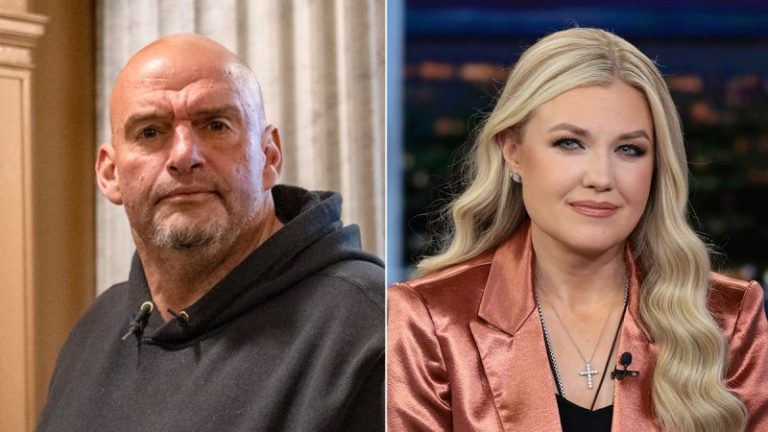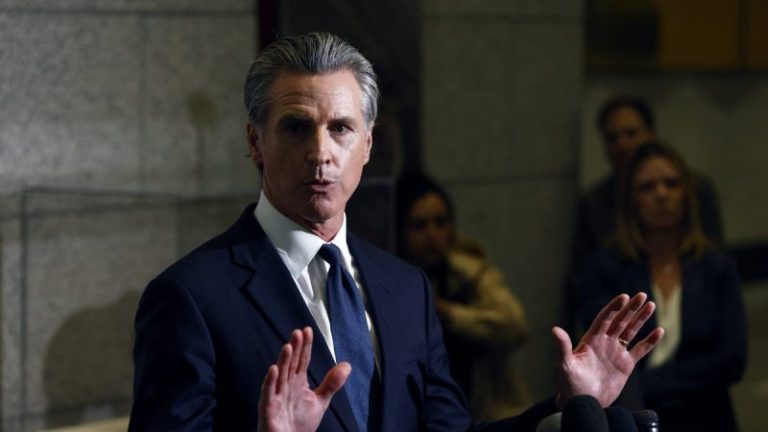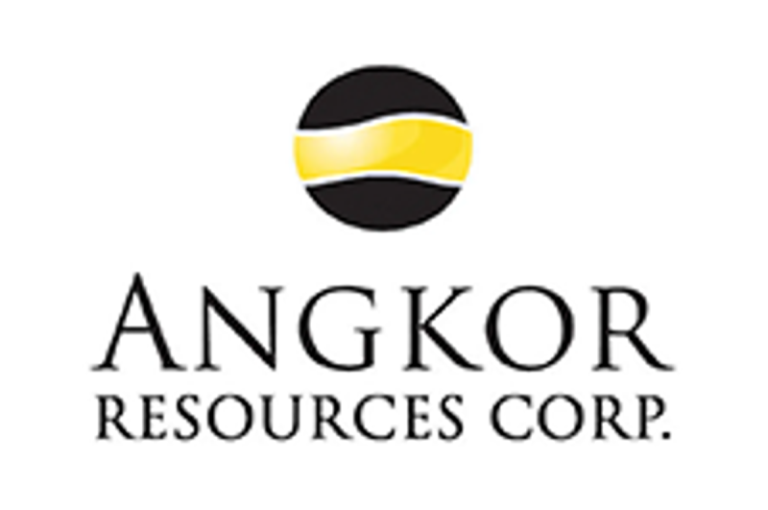The U.S. Chamber of Commerce is coming under fire for allegedly becoming ‘one of the biggest engines driving woke corporate America’ amid the Trump administration’s battle to strip diversity, equity and inclusion (DEI) initiatives from the fabric of industry and government, a conservative watchdog alleges.
‘Once a voice for small businesses and Main Street, the Chamber now advocates for DEI mandates, (environmental, social and governance) investment schemes, and radical climate policies that punish consumers,’ said Will Hild, the executive director of Consumers’ Research, a free-market-oriented nonprofit focused on consumer advocacy.
ESG is an investing framework focused on prioritizing environmental, social and governance investments.
‘They have strayed far from their original mission of advocating for free markets in favor of a political agenda,’ he continued. ‘Now, that the Chamber has made itself a leader in pushing woke policies in corporate boardrooms, it should come as no surprise that they are also supporting legislation to cripple litigation finance, one of the few tools consumers have to hold woke corporations accountable for pushing political ideology. Consumers’ Research will continue to call out organizations like the Chamber for pushing a woke agenda.’
Hild’s comments come as Consumers’ Research published a ‘Woke Alert’ this week accusing the U.S. Chamber of Commerce of being ‘totally woke, pushing DEI and a left-wing climate agenda.’
The U.S. Chamber of Commerce is a business association that represents and lobbies for the interests of local and national companies in Washington, D.C., and operates in a nonpartisan manner. The chamber has received praise and criticism from both Republicans and Democrats across the years for its various politically focused initiatives.
Consumers’ Research, as part of its mission to strip ‘woke’ ideology from the fabric of American businesses, publishes ‘Woke Alerts’ sounding the alarm on practices the group views as harmful to consumers or serving ‘woke politicians.’ The latest alert focuses on the Chamber of Commerce’s promotion of DEI initiatives, as well as prioritizing ‘a radical climate agenda.’
The alert pointed to the U.S. Chamber of Commerce’s website stating that ‘diversity is America’s strength’ in its mission to remove DEI initiatives, which conservatives argue promotes group-based preferences and ideological conformity over individual merit, free speech and equal treatment.
‘Diversity is America’s strength, spurring the innovation and creativity that have made the U.S. economy the most vibrant and dynamic in history,’ the Chamber’s website declares. ‘When businesses recognize and embrace different perspectives, they are better able to create value, serve customers, support employees, and solve problems. By providing opportunities for everyone, businesses help lift communities and strengthen the health, prosperity, and competitiveness of our nation and our society.’
The Chamber’s push on DEI came as such race-based workplace initiatives were promoted from the highest echelons of industry down to grade school classrooms in the 2020 era, especially after the police-involved killing of George Floyd in Minneapolis, when ‘defund the police’ and Black Lives Matter dominated the news cycle with protests and riots.
The U.S. Chamber of Commerce was among the flood of industries that heightened their promotion DEI policies, including the Chamber reporting in a 2021 video that Floyd’s death helped spark its launch of the ‘Equality of Opportunity Initiative.’
Fox News Digital reviewed archived links to the Chamber of Commerce’s ‘Equality of Opportunity Initiative’ and found that it focused on efforts to ‘develop real, sustainable solutions to help close race-based opportunity gaps in six key areas: education, employment, entrepreneurship, criminal justice, health, and wealth.’
The link to the former website page redirects users to the chamber’s website homepage, with archived links showing the race-based URL was still active in January. The chamber launched the effort in June 2020, just days after Floyd’s death.
‘This work is a priority for the chamber and our members because as we all know its not just a moral imperative, it’s an economic imperative,’ U.S. Chamber President Suzanne Clark said in 2021 during the 2nd Annual National Summit on Equality of Opportunity of DEI practices.
Consumers’ Research also flagged the chamber’s 2022 impact report, which said it helped deliver $8.1 million in race-based grants to 1,414 Black-owned small businesses across 42 states. The alert also noted that the chamber has promoted reading materials such as a 2021 guide on DEI, and publicly supported the ‘Equality Act’ in 2021 — legislation Consumers’ Research described as ‘radical’ and claimed would ‘enshrine in federal law a right for males to participate in women’s sports and lead to the punishment of small business owners based on their religious beliefs.’
When asked about the Woke Alert, the U.S. Chamber of Commerce took issue with Hild arguing that the business group is ‘supporting legislation to cripple litigation finance,’ which Hild said ‘is one of the few tools consumers have to hold woke corporations accountable for pushing political ideology.’
‘It is sad this organization has become a mouthpiece for trial lawyers whose tactics have imposed a stealth tax on American families who are paying up to $4,200 extra a year for insurance, food, clothing and other items as a result of sham lawsuits that only line the pockets of trial lawyers,’ Stephen Waguespack, the president of the U.S. Chamber of Commerce Institute for Legal Reform, said. ‘These lawyers, who donate overwhelmingly to progressive causes and candidates, and those who align with them, are undermining President Trump’s efforts to lower costs for American families.’
The U.S. Chamber of Commerce supports a Republican-introduced bill, the Litigation Transparency Act of 2025, which aims to ensure greater transparency in litigation by requiring parties receiving payment in lawsuits to disclose their identities.
Consumers’ Research has used litigation finance in recent years to push back against ‘woke capitalism’ to counter ESG and DEI policies, Fox News Digital previously reported, with Hild saying that he views the legislation as an ‘attack’ on one of the ‘few tools Americans have to hold powerful, woke corporations accountable.’
The new criticisms land as President Donald Trump’s return to the Oval Office in January marked an end to DEI initiatives at the federal level and set off a sweeping effect on private industries as well.
Trump has moved to systematically unwind DEI programs across the federal government, signing a pair of executive orders in January that direct agencies to identify and shut down DEI offices, terminate equity-focused grants and contracts, and scrap long-standing affirmative action-style requirements for federal contractors in favor of what the White House calls ‘colorblind’ merit based rules.
While Consumers’ Research is now attacking the chamber from the right, the organization has previously faced scrutiny from Democrats as well. Senate Minority Leader Chuck Schumer, D-N.Y., and Sen. Sheldon Whitehouse, D-R.I., led the charge in a 2019 letter demanding the group ‘accept that human-caused climate change is real and warrants immediate action,’ claiming the chamber ‘marshaled considerable lobbying resources on behalf’ of companies working to ‘oppose congressional, executive, and judicial actions that would meaningfully address climate change,’ according to the letter.
The Chamber has been lauded by other prominent U.S. leaders, such as former President Barack Obama in 2011, when he thanked the group for pushing Congress on infrastructure investments. He said during an address focused on resetting relations with corporate America following the recession that had rocked the U.S. that the White House and the Chamber ‘must work together’ on the economy.
Consumers’ Research also knocked the U.S. Chamber of Commerce over its climate agenda, saying the group has paired its DEI push with aggressive environmental goals. A 2023 blog post on the chamber’s website titled ‘Fostering a Sustainable and Inclusive Energy Future’ promoted prioritizing and working with ‘diverse suppliers’ to strengthen businesses.
The U.S. Chamber of Commerce also attended the United Nations Climate Change Conference earlier in 2025, which the Trump administration effectively boycotted by not sending a delegation to the annual conference. Instead, Democratic California Gov. Gavin Newsom attended the event in the federal government’s absence, where he took shots at Trump for his environmental policies.
‘Our climate is changing and humans are contributing to these changes. Inaction is simply not an option,’ the U.S. Chamber of Commerce’s website. ‘Combating climate change will require citizens, government, and business to work together. American businesses play a vital role in creating innovative solutions to protect our planet.’
Fox News Digital’s Andrew Mark Miller contributed to this report.










